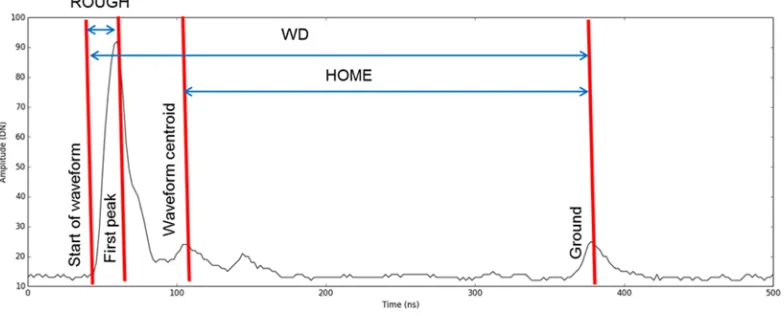Tropical peatland vegetation structure and biomass: optimal exploitation of airborne laser scanning
Full text
Figure




Related documents
IASB and FASB, having issued 2 nd Exposure Draft in May 2013, suggested a right of use model as a uniform basis for accounting for both operational and financial leases,
This is the sum of the total material input and the hidden material fl ow in an economy. It includes all the domestic and imported natural resources that the economy requires
We propose a solution that combines different instruments offered by some reputation management techniques analyzed in our previous work, applying them to lookup and data
The data-based methods use statistical and machine learning approaches to find underlying structures that relate traffic flow, occupancy of detector, and travel times using
By contrast, lifetime prevalence of problematic behaviours was uniformly high, with the exception that absconding was significantly lower for those in complex care units, as were
individualised programmes for service users unable to use community based employment or recreational activities 12. Vision for Change 12 emphasised a strong commitment to
Region X consists of 80 school districts which are governed by school boards consisting of five to seven members as established by the Texas Education Code (1995) except
to school full-time and over 12 percent less likely to have children combine school with work.. rather than drop





